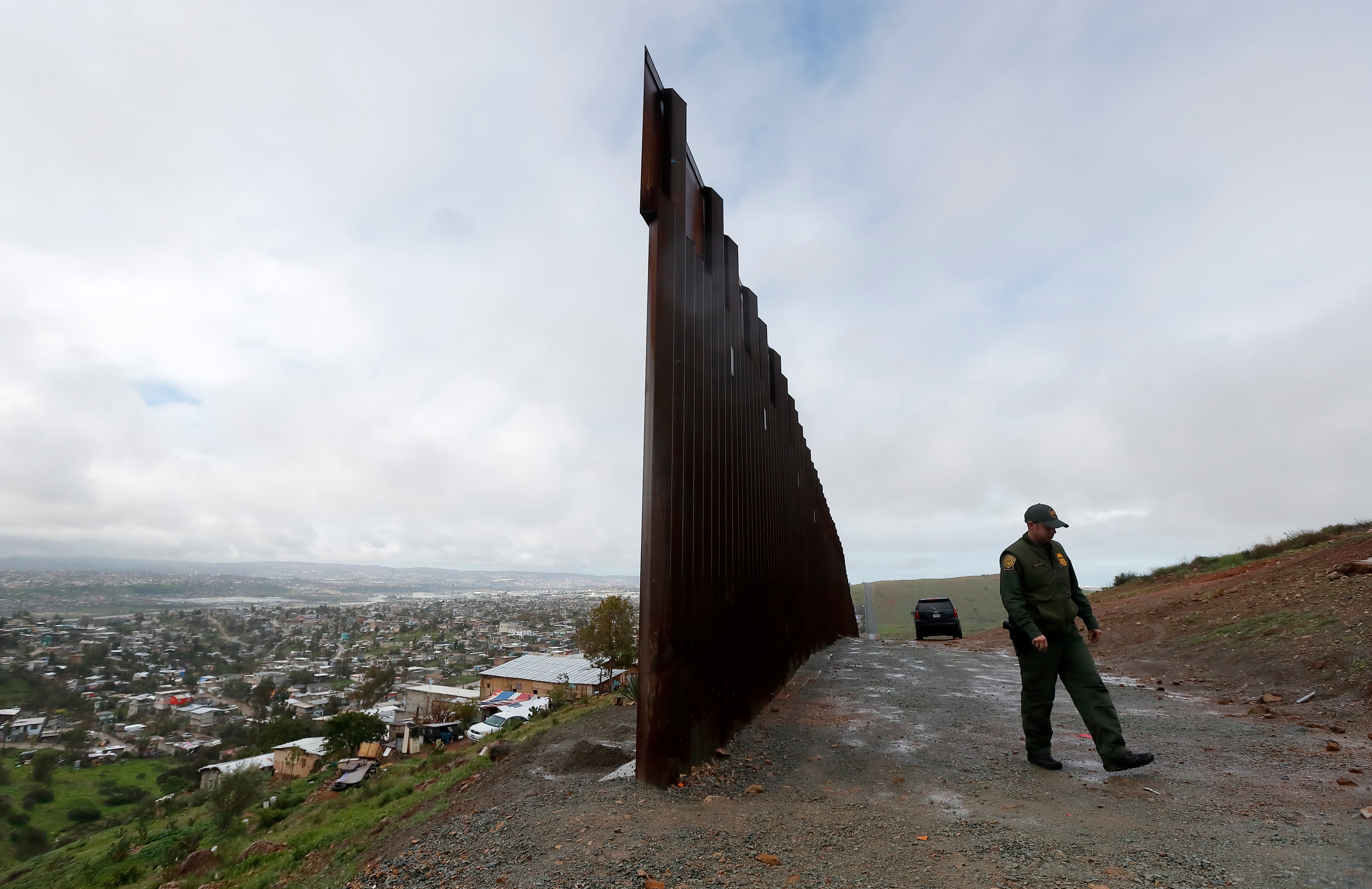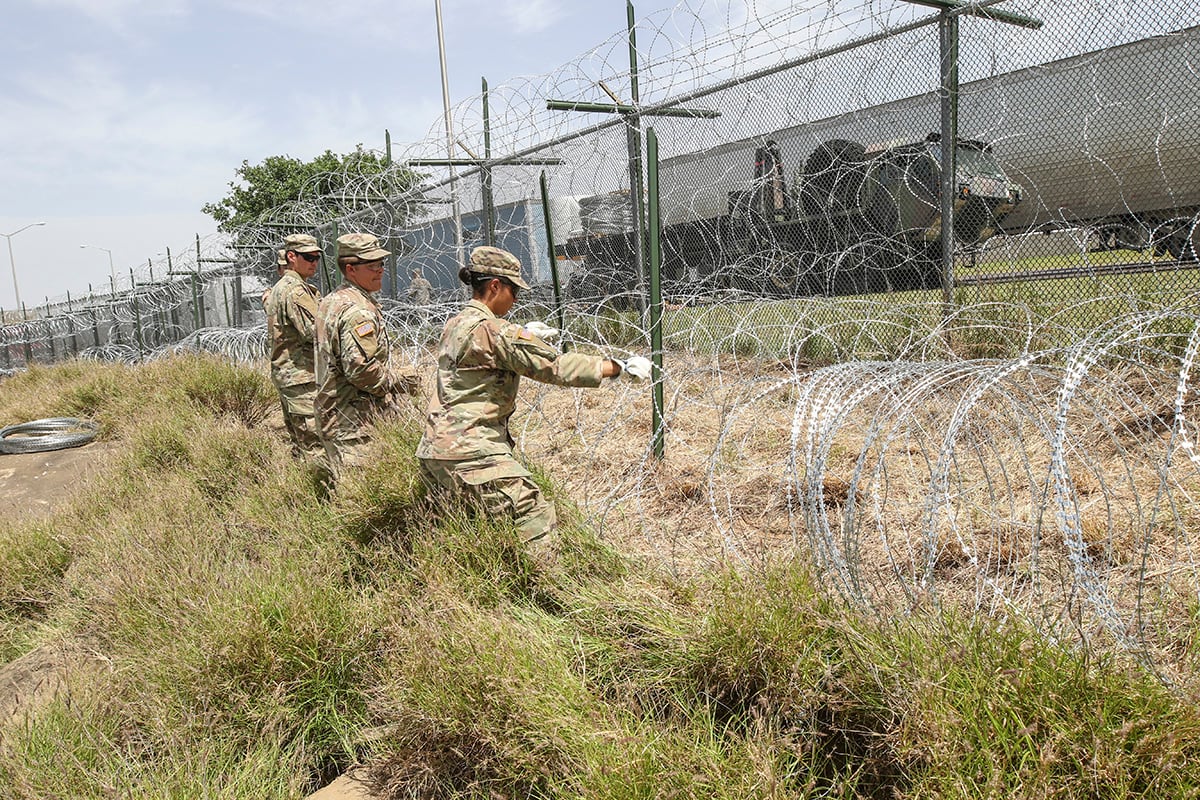Defense Department officials don’t know when — or if — the military’s deployment to the U.S. southern border will end.
In testimony before the House Appropriations Committee on Wednesday, acting Defense Secretary Patrick Shanahan said he is pressing Department of Homeland Security officials for more information on their personnel shortfalls, with an eye towards when the military missions on the border might end.
“We’re driving buses, we’re serving food, we’re doing medical support and logistics support,” Shanahan said of the military’s presence. “For now, we haven’t degraded any readiness. But we really need to get back to our primary missions.”
RELATED

On Monday, Shanahan approved a plan to send 320 more active-duty troops to the U.S. border with Mexico in response to another support request from Customs and Border Protection.
About 3,200 active-duty service members are currently deployed today for those missions, which began last October. In addition, several thousand more National Guard troops have been working in similar support roles since April 2018.
On Wednesday, White House officials announced plans to send a $4.5 billion emergency supplemental budget request to Congress for “humanitarian needs,” that includes building more processing facilities and buying more food for immigrants arriving at the southern border.
Of that total, about $377 million will cover the costs of military deployments. None of the money will be used for wall construction, a senior White House official said.
Congressional Democrats have accused President Donald Trump of militarizing the immigration debate by unnecessarily deploying active-duty troops to southern states. Troops there have been conducting various support roles like barrier placements, but have had limited contact with migrants seeking entry into America.
The current authorities for the military missions runs through September. But Shanahan told lawmakers that Homeland Security’s personnel shortfalls could total “thousands” of people, casting doubt when the military could be replaced by civilian staff.
“We’re now in the position to ask how long will we be there,” he said. “We’ve gone through, looked at the conditions at the border … We need to get that into a sustained environment.”
RELATED

When asked whether troops were still critical to the mission, Shanahan said he was following “a lawful order from the commander in chief” and that “we need to secure the border.”
White House officials said the $4.5 billion in supplemental funding is needed even though administration officials earlier this year announced plans to shift around $5 billion in Defense Department funds to help with Trump’s controversial border wall project.
That money includes $3.6 billion in military construction projects already approved by Congress. Democrats on Capitol Hill have strongly objected to the plan and inserted language into a fiscal 2020 budget bill earlier this week to block similar moves in the future.
A senior White House official said using some of that money to address the humanitarian issues at the border was not possible under existing emergency authorities. The administration is also facing several legal challenges to using that money.
Leo covers Congress, Veterans Affairs and the White House for Military Times. He has covered Washington, D.C. since 2004, focusing on military personnel and veterans policies. His work has earned numerous honors, including a 2009 Polk award, a 2010 National Headliner Award, the IAVA Leadership in Journalism award and the VFW News Media award.









